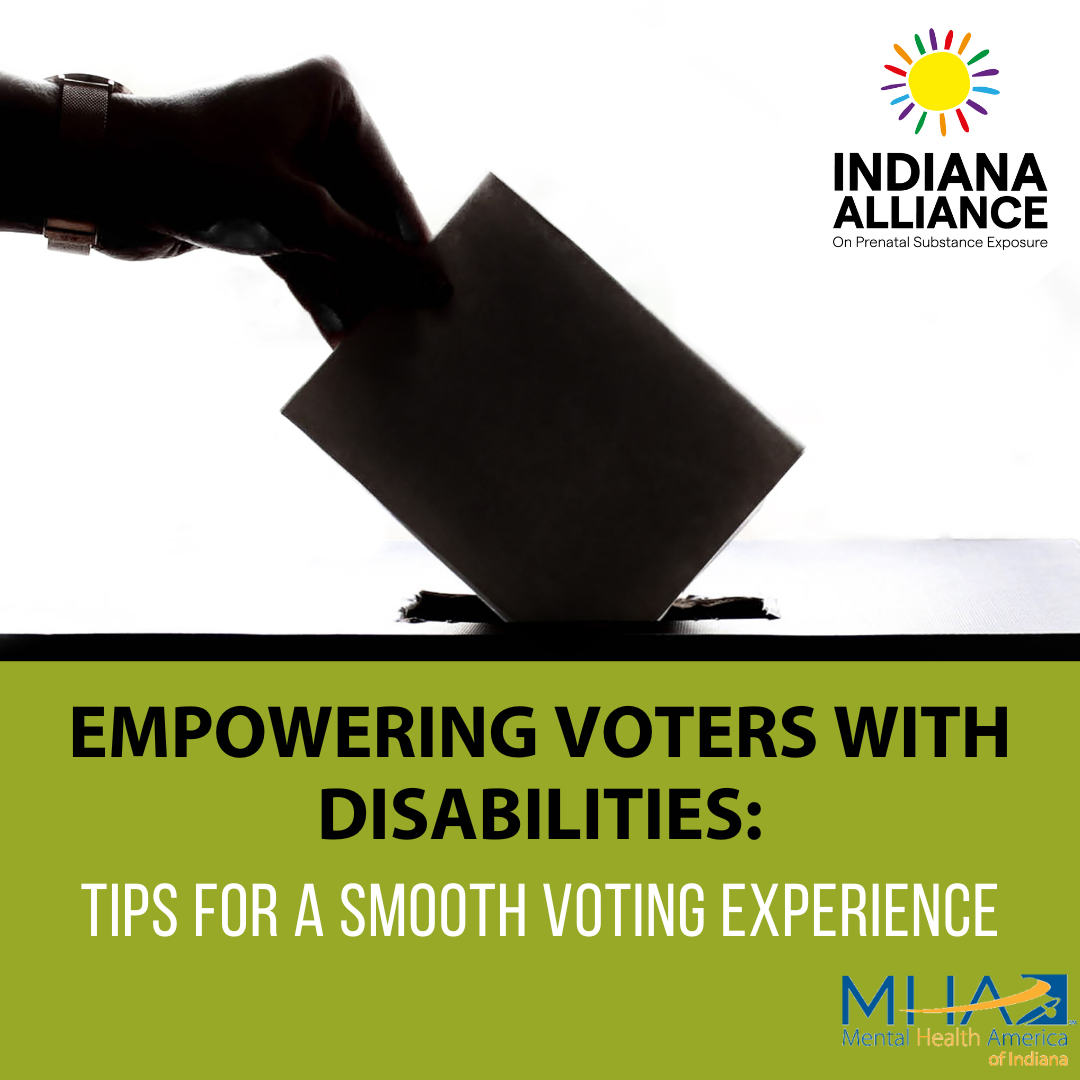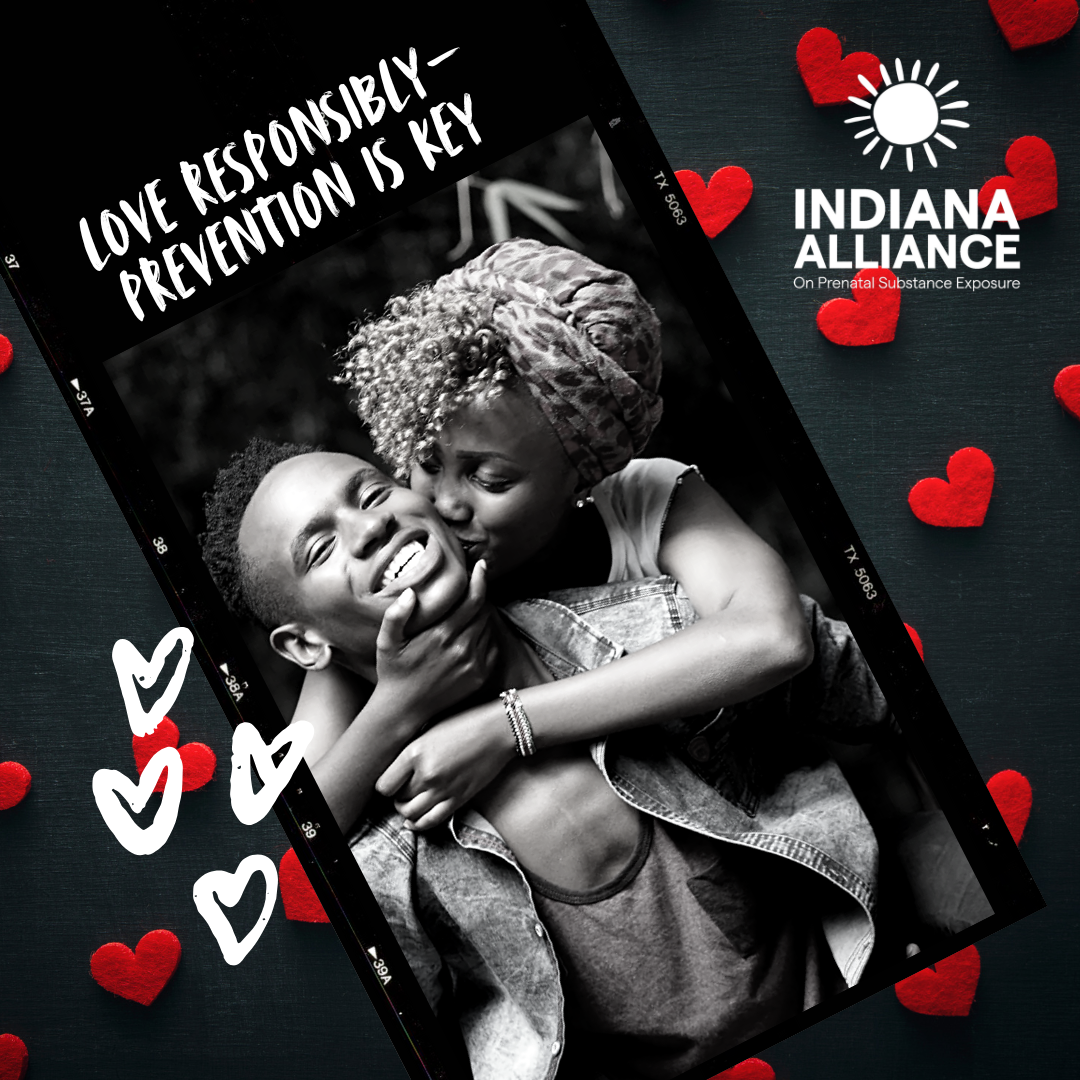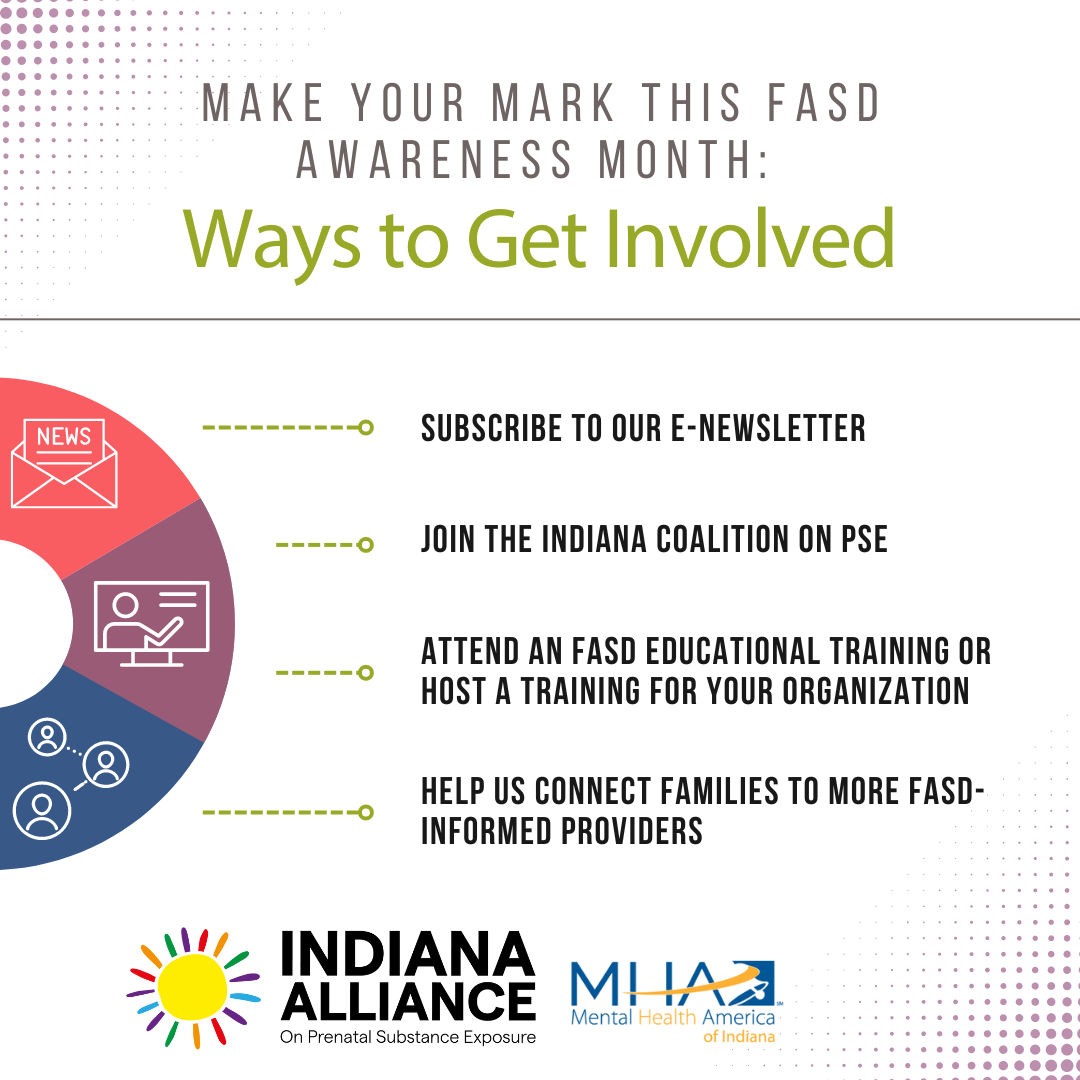
Voting is a fundamental right and civic duty for all citizens, including those with disabilities. However, individuals with disabilities often face unique challenges that can make the voting process more complex. With proper preparation and the right resources, these barriers can be overcome, ensuring everyone can participate in the democratic process. Here are some tips and resources to help make voting more accessible for people with disabilities.
- Know Your Rights
Voters with disabilities are protected under several federal laws, including the Americans with Disabilities Act (ADA), the Voting Rights Act, and the Help America Vote Act (HAVA). These laws guarantee that polling places must be accessible, and that voters with disabilities are entitled to assistance when casting their ballots.
Tip: Familiarize yourself with your rights before Election Day. The U.S. Department of Justice provides a comprehensive guide on voting rights for individuals with disabilities, available online.
- Check Accessibility of Your Polling Place
Before heading to your polling place, it’s crucial to confirm its accessibility. Many states provide information about polling place accessibility on their websites. Some key features to look for include wheelchair ramps, accessible parking, and easy-to-open doors.
Tip: If you find that your polling place is not accessible, you can request accommodations in advance or choose an alternative voting method, such as absentee or mail-in voting.
- Consider Alternative Voting Methods
For those who find in-person voting challenging, alternative methods such as absentee voting, mail-in ballots, and early voting can be valuable options. Many states also offer curbside voting, where a poll worker brings a ballot to your vehicle.
Tip: Research your state’s specific rules and deadlines for alternative voting methods well in advance of Election Day.
- Utilize Assistive Technology
Modern technology offers numerous tools to help voters with disabilities cast their ballots independently. Many polling places are equipped with accessible voting machines that provide options such as audio ballots for the visually impaired.
Tip: Ask your polling place in advance if they have accessible voting machines available. Organizations like the American Foundation for the Blind provide resources on using these technologies.
- Request Assistance if Needed
If you need help filling out your ballot, you’re entitled to bring someone with you to assist, whether it’s a friend, family member, or an election official. Just be aware that certain people, such as your employer or union representative, may be prohibited from assisting you.
Tip: Ensure the person assisting you is familiar with the rules and regulations of your state regarding voter assistance.
- Prepare for the Voting Process
Preparation is key to ensuring a smooth voting experience. Review the ballot ahead of time, if possible, and decide how you want to vote. You can also bring written notes or sample ballots into the voting booth.
Tip: Check if your state offers sample ballots online and take some time to familiarize yourself with the candidates and issues.
- Report Any Issues
If you encounter any problems while voting, such as inaccessible polling places or difficulties with voting equipment, it’s important to report these issues. You can contact your local election office or advocacy organizations that specialize in disability rights.
Tip: The Election Protection Hotline (866-OUR-VOTE) is available to assist voters with disabilities who experience issues on Election Day.
Conclusion
Voting is a right that belongs to everyone, including individuals with disabilities. By being informed, prepared, and proactive, you can help ensure that your voting experience is as smooth and accessible as possible. Remember, your vote counts, and your voice matters in shaping the future of your community and country.
References:
- National Federation of the Blind – Provides resources on voting rights and accessibility.
- American Foundation for the Blind – Offers guides on assistive technology and accessible voting.
- U.S. Department of Justice – Offers information on voting rights for people with disabilities.
- National Disability Rights Network – Advocates for the rights of individuals with disabilities, including voting rights.
- Election Assistance Commission – Provides guidelines on accessible voting equipment and polling place accessibility.
- ADA National Network – Offers detailed explanations of the rights of voters with disabilities under the ADA.
- Disability Rights Education and Defense Fund – Offers legal resources and support for voters with disabilities.
- Election Protection Hotline – Assists voters with disabilities on Election Day with any voting-related issues.
- Vote.gov– A guide to accommodations available when voting with a disability.







